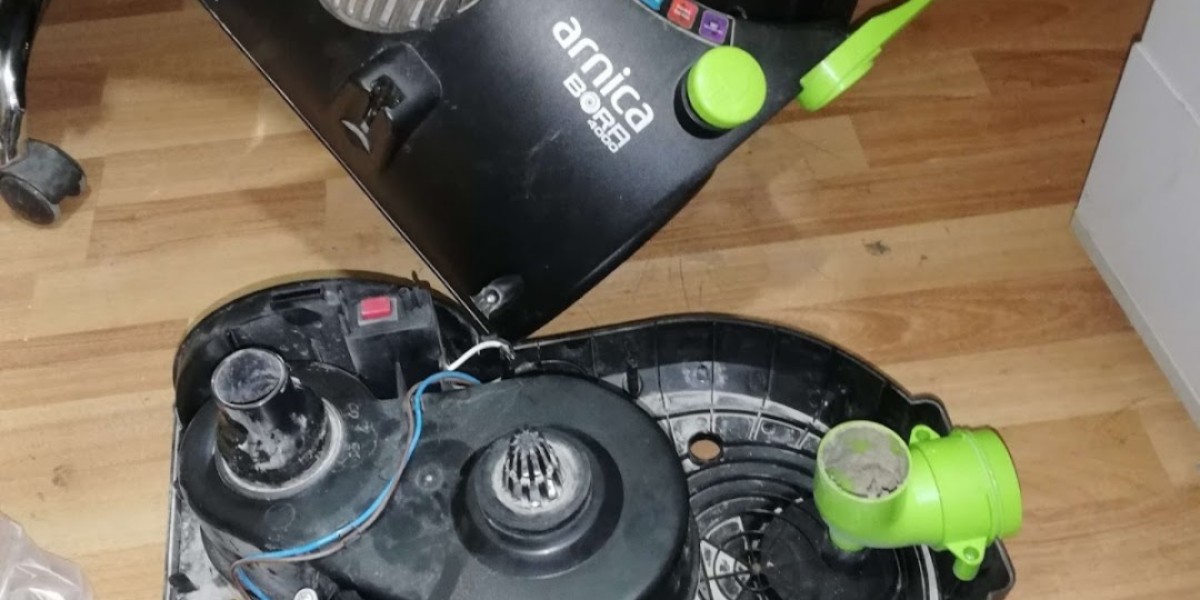Last week, we came across an ad promising 15% returns in 90 days. It made us pause – not because we believed it, but because we know how many investors get drawn into such promises without asking what’s really behind them.
Here’s the thing: if something sounds too good to be true, it usually involves either extreme risk or a setup that isn’t entirely legitimate. These ads prey on our natural desire for quick, high returns, but they rarely talk about what you’re actually putting on the line.
Everyone wants their money to work harder. With traditional savings accounts barely keeping pace with inflation, everybody is searching for short-term investment plans with high returns in India
But here’s what we’ve noticed from years of conversations and referrals: the people who do best in short-term investing aren’t the ones chasing the flashiest numbers — they’re the ones who actually understand the game they’re playing.
Let’s Talk About What “Alternative” Really Means
You’ve probably seen what is an alternative investment thrown around in financial articles, usually accompanied by promises of higher returns. In plain English, it’s anything that isn’t a traditional stock or government bond.
Think of your investment universe like a spectrum. On one end, you have bank savings accounts – boring, safe, and earning almost nothing. On the other end, you have things like cryptocurrency or startup investments – potentially exciting, definitely risky, and completely unpredictable in the short term.
Alternative investments live somewhere in the middle of that spectrum. Real estate investment trusts, peer-to-peer lending, corporate debt, commodity investments – they offer something different from the usual suspects, often with better returns than traditional options. The catch? They usually require you to understand risks that most people prefer to ignore.
What Actually Works (Based on What We’ve Seen)
The humble fixed deposit is making a comeback. We know, we know – your uncle has been lecturing you about FDs since you got your first job. But smaller banks and NBFCs are offering rates that might surprise you, especially for 6-12 month terms. Not glamorous, but solid.
Debt funds keep showing up in conversations. These don’t make headlines, but they’ve consistently delivered for people who need flexibility with their money. Ultra-short duration funds, in particular, have been workhorses in portfolios where people need access to funds within 3-12 months. The returns aren’t spectacular, but they’re reliable.
Peer-to-peer lending keeps surprising us. This is a proper alternative investment territory. For example, someone has been systematically investing small amounts across multiple P2P platforms for two years now, earning an average of 12-14% annually. But we always believe: never put more than 10% of your short-term money here. When loans default (and they do), recovery can be messy.
High-yield savings accounts are boring but brilliant. Some of the new-age banks are offering 6-7% on savings accounts with no lock-in. Is it exciting? Not really. Will it beat inflation while keeping your money instantly accessible? Absolutely.
The Conversations Nobody Wants to Have
That 20% return comes with 20% worth of sleepless nights. We often find that the best way to think about high-return short-term investment plans with high returns in India is to ask yourself: “How would I feel if I lost 20% of this money instead?”
“Short-term” and “high-return” are usually opposites. The investments that can deliver spectacular returns typically need time to work their magic. The ones that work well over short periods are usually more modest in their promises. This isn’t a flaw in the system – it’s how the system works.
Your returns aren’t actually your returns until you pay taxes. For example, earning 15% on a short-term investment can mean that after taxes, inflation, and fees, your real return is closer to 7%. Still decent, but not the windfall you probably imagined.
What This Means for Your Money
The financial services industry has gotten very good at selling dreams, but we’ve found that people are happiest when their investments do exactly what they expected them to do – nothing more, nothing less.
If you need money in six months for a down payment, your investment strategy should be different from someone building an emergency fund or saving for next year’s vacation. The timeline isn’t just a detail – it should drive every decision you make.
At Arbour Investments, we aren’t here to hand out ‘secret’ strategies or act like advisors. What we do is connect, listen, and share perspectives we pick up through the people we work with. The goal isn’t to sell dreams but to spark clarity in how people see money, markets, and long-term choices.
Because the best short-term investment isn’t the one with the highest theoretical return – it’s the one that delivers what you need, when you need it, with the least amount of drama in between.








